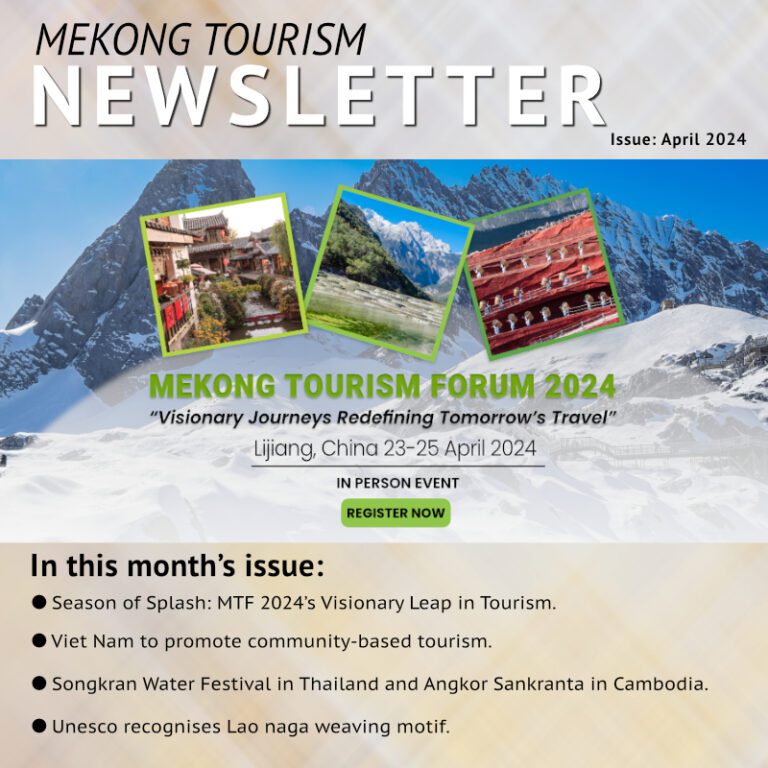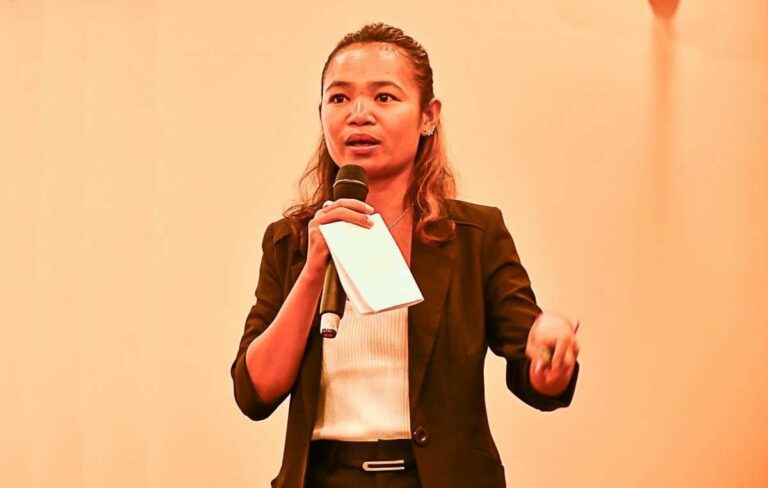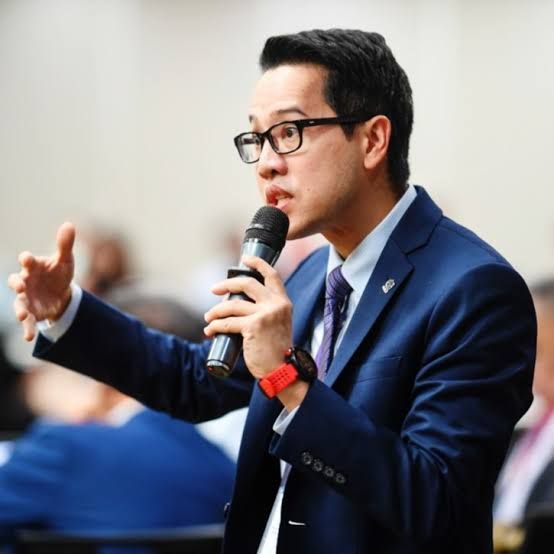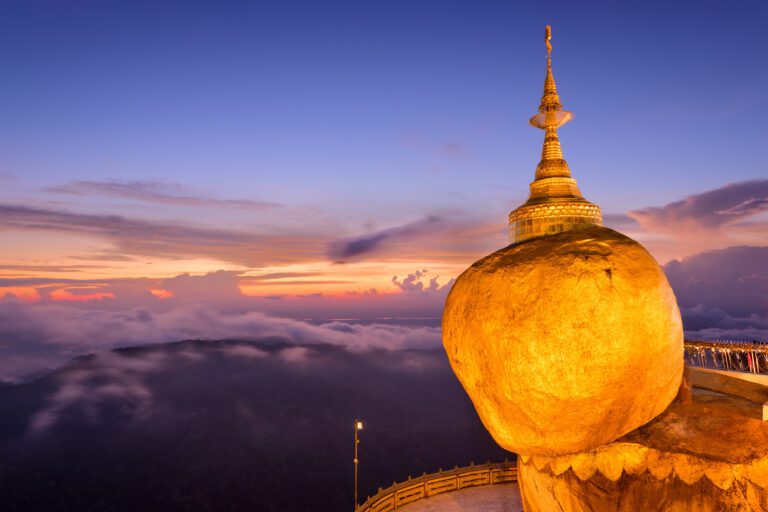City has been selected as permanent host of the major event, Huo Yan and Li Yang report.
The 2015 China-ASEAN Expo Tourism Exhibition, co-organized by the China National Tourism Administration and the Guangxi Zhuang autonomous region government, in Guilin from Friday through Sunday, provides an opportunity for ASEAN members to get to know the host city, an international tourist spot famed for its picturesque landscapes and historical culture.
The exhibition is themed “Tourism Cooperation and Development of the 21st Maritime Silk Road” this year.
It will be staged annually in the city in the future, as a new platform for global tourism cooperation and fostering the upgrading of the China-ASEAN Free Trade Area and the construction of the new maritime Silk Road, a strategy China proposed to promote regional common development.
About 800 enterprises and more than 300 overseas buyers from nearly 50 countries and regions will attend the event.
The exhibition area covers 23,000 square meters, divided into several main exhibition zones for nearly 1,000 booths. These zones cover international tourism, Chinese tourism, Guangxi tourism, a tourism commodity show and a tourism consumption show.
National booths of ASEAN members’ will be a key point of the event, introducing their tourism resources, industries, administrations, associations and enterprises.
The exhibition will promote communication among tourism officials, academics and businesspeople.
The National Tourism Administration announced at the 2015 ASEAN Tourism Forum in Myanmar in January that China would organize the 2015 exhibition in Guilin, and warmly invited ASEAN member nations to take part.
According to organizers, the exhibition will focus on promoting people-to-people exchanges and contacts.
The event, which has received a warm response from ASEAN members, has implemented a guest-of-honor mechanism, in which the 10 ASEAN members will take turns as the guest of honor state.
Guilin has experience in holding international exhibitions and forums in recent years, such as the Boao Asian Forum, the United Nations World Tourism Organization and the Pacific Asia Tourism Association.
Peng Qinghua, Party chief of Guangxi invited Brunei to be the guest of honor for this year’s event in his visit to the country this March, and Brunei accepted.
Li Jinzao, head of the National Tourism Administration, urged the city government to be a good host.
Chen Wu, chairman of the Guangxi government, invited the ministers in charge of tourism to attend the event during his visits to Indonesia, the Maldives and India in early May.
Lan Tianli and Zhang Xiaoqin, two vice-chairmen of the Guangxi government, presided over several preparatory meetings for the exhibition.
Lan said the Guangxi government will give full support to Guilin in funding, policy and coordination, in a bid to ensure its quality matches that of the larger China-ASEAN Expo.
Zhang urged the Guilin government to consider the sustainability of the event to guarantee new content every year.
Zhao Leqin, Party chief of Guilin, said in a mobilizing and preparatory meeting on April 23 that the tourism exhibition is an important carrier for Guilin to integrate into the Belt and Road Initiative, a reference to the Silk Road Economic Belt and the 21st Century Maritime Silk Road initiatives, transport infrastructure projects linking Asia and Europe, launched by President Xi Jinping in 2013.
It is also as an important platform for the city’s international communications in its pursuit of becoming a regional cultural tourism center.
“The success of the exhibition can help make the exhibition industry a new driving force and growth point for local economy,” Zhao said.
Zhou Jiabin, the mayor of Guilin, said efficiency, safety, quality, hospitality, thoughtfulness and innovation were not only the key points during preparation, but also will be for the exhibition itself.
“Tourism extends the exhibition’s value chains, and consists of a host of industries where China and ASEAN are compatible with each other, and travel is an effective way to deepen mutual understanding across different cultures,” said Yu Changguo, assistant to the mayor of Guilin, a city earmarked by the central authority in a national strategy two years ago to become an international tourist resort.
On the fast track
The strategy has brought many tangible benefits to tourists and local residents. Last year, Guilin received 38.7 million tourists, among whom 2.03 million were from outside the Chinese mainland.
The city’s tourism revenue hit 42.1 billion yuan ($6.78 billion). Both the number of travelers and revenue they generated saw double-digit year-on-year growth.
In the past two years, Guilin has become a land transportation hub after two high-speed railways came into service with Guilin as their cross point.
The travel time on land from Guilin to Guangzhou was shortened from 22 hours to less than three hours. Last year, more than 7.2 million people visited Guilin by train, up 66 percent year-on-year.
Guilin now offers 72-hour transit visa-free visits for citizens from 51 countries and regions. Travel groups from ASEAN nations have been eligible for six-day visa-free trips to the city from May 21.
Guilin has translated the national strategy into an eight-year action plan, aiming to make the city a world-class tourist spot by 2020.
The annual investment in tourism-related projects amounts to 473.8 billion yuan ($77.5 billion).
“The karst hills, Lijiang River and clean water and air are gifts from nature. Guilin is beefing up efforts to improve its infrastructure and service levels to allow tourists to enjoy ideal conditions to appreciate the natural beauty and enjoy their stay in the city,” Party chief Zhao said.
Guilin is rebuilding its major roads, expanding its airport and strengthening environmental protection along the Lijiang River. After the expansion, the Liangjiang Airport in Guilin will be able to handle 20 million passengers a year. The airport has flights to 61 cities around the world.
A host of real estate developers and global tourism enterprises, such as ClubMed, a French tourism corporation, have invested in the city. For three consecutive years, the investment in major tourism projects has accounted for more than 40 percent of the overall input on fixed assets in the city.
Guilin’s selection as permanent host for the exhibition is built on Guangxi’s efforts to foster productive ties with Southeast Asian nations in recent years.
Guangxi is the only provincial region in China that connects to the Southeast Asian region by land, water and air. Guangxi’s local language, customs and ethnic culture in its border area are similar to its ASEAN neighbor of Vietnam.
Through history, Guangxi was a key region connecting China’s trade with Southeast Asia by sea and the country’s trade with central Asia by land.
Today, Guangxi seeks to revive its historical position as a trade hub in the national strategies of building the Silk Road Economic Belt and the 21st Century Maritime Silk Road.
Guangxi has successfully hosted 11 China-ASEAN Expos, and built close political, economic and trade relations with ASEAN members.


The Huixian Wetland, the name of which literally means meeting immortals, is the nation’s largest lava wetland. Provided to China Daily

Xiangshan park, or Elephant Hill park, in Guilin, is renowned for its limestone landforms, which date back 360 million years. Provided to China Daily
By Huo Yan and Li Yang
Source: bbrtv





